Segmenting skills of hand-brewed coffee | Why does hand-brewed coffee have to be segmented? how to determine the segmented extraction of coffee?
Professional coffee knowledge exchange more coffee bean information please follow the coffee workshop (Wechat official account cafe_style)
Many people who make hand-made coffee will encounter a question: when do you need segmentation and when you don't? If you want to divide into sections, when will the water injection be stopped?
Today, let's talk about this topic-- how to decide whether to segment or not according to the extraction state.
Yesterday we talked about the hand flushing skills of mocha Matali coffee in Yemen. As mentioned in Japanese volcanic flushing, the more times of extraction, the less water is injected into each stage, the higher the extraction rate of coffee will be. On the contrary, the extraction rate of one-stage extraction is relatively low.
In addition to the above, we also need to determine whether it is segmented according to the roasting degree of the coffee we use, the rising state of the liquid level during the extraction, and the exhaust state of the coffee.
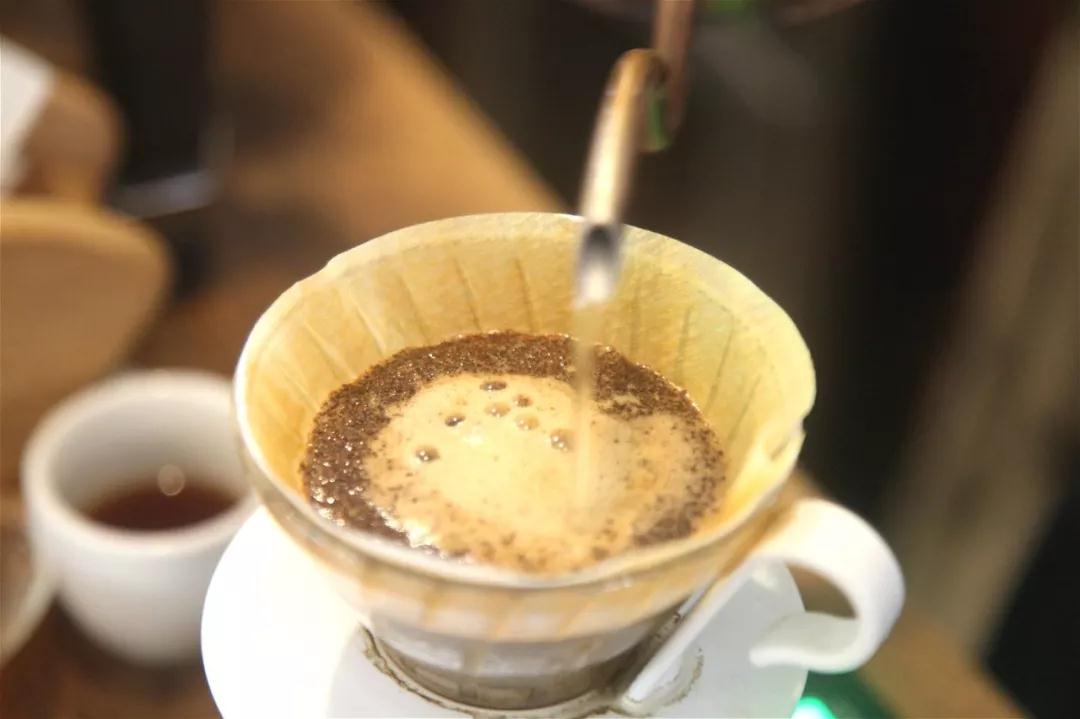
Generally speaking, when brewing coffee baked in shallow roasting, we prefer segmented extraction, because the exhaust of these coffee is relatively weak, when the water level in the filter cup rises to a certain extent, the coffee powder does not have the support of gas. there will be more sinking and accumulation at the bottom of the filter cup, then the scouring strength of the water column will be dispersed by the overflowing water, and the coffee powder can not tumble well resulting in insufficient extraction. So when the water level reaches the level of the powder layer and begins to spread over the coffee powder, we will stop and let the water level drop and then re-inject water, so that there is more friction between coffee powder particles and between coffee and water, so as to improve the extraction effect.
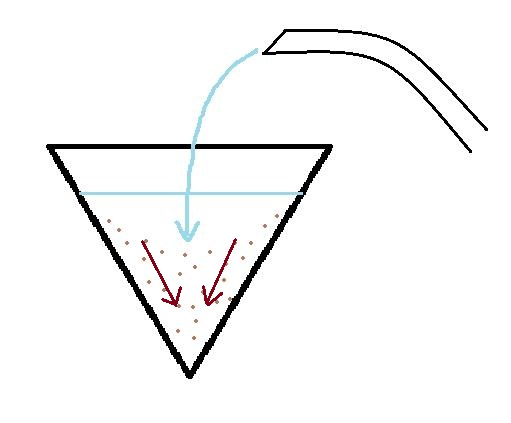
While deep-roasted coffee has enough exhaust to prop up the powder, a large part of the coffee will be suspended on the upper layer, so it can rise with the water level when brewing, and water injection can keep the coffee rolling up and down. then a relatively high extraction rate can be achieved without segmented extraction.
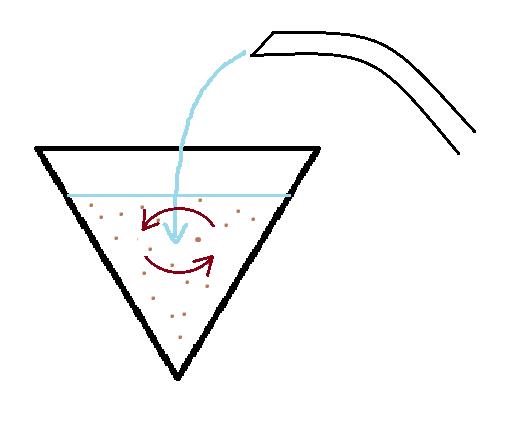
There is another way to judge the state of stopping water injection, that is, when it is found that the bubbles from boiling and rolling suddenly "whiten" or "thicken", you can stop water injection, wait for the water level to drop, and then re-water injection extraction is completed ~ this principle is equivalent to doing Italian, the whitening of the liquid column is the same as the completion of extraction, but the extraction by hand is not pressurized. The foam whitening indicates that this part of the coffee has been extracted to the back stage, then stop filling, then re-inject the rest of the coffee in the filter cup and pour the rest of the coffee into your filling range to achieve the purpose of uniform extraction. this will also make the coffee more layered!
Finally, there is another situation, that is, when you start to inject more water and find that the water level rises too fast, take sections to lengthen the cooking time and let the water level drop before continuing to cook, so as to avoid insufficient extraction caused by too fast water flow. Because in cooking, time is also a factor affecting the extraction!
Practical operation link
This time it was washed with [Yega Chuefeiwaka] and [Jamaica Blue Mountain NO.1] respectively.
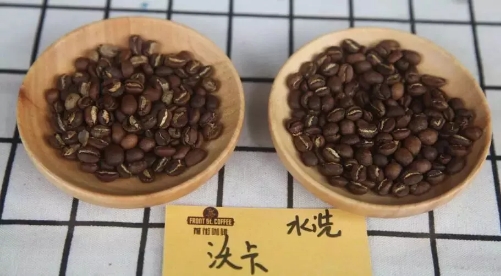
Waka: the amount of powder is 16g, the ratio of powder to water is close to 1:16, and the water temperature is 90 ℃.
After 30g steaming for 30s, the first stage was injected to 160g, the second stage was injected to 260g, and the cooking time was 2`10``.
If you look at the dynamic picture below, you can see that foams and thick bubbles suddenly appear before stopping the water injection.
Flavor: Jasmine, citrus, bergamot, lemon, cedar, clean taste.
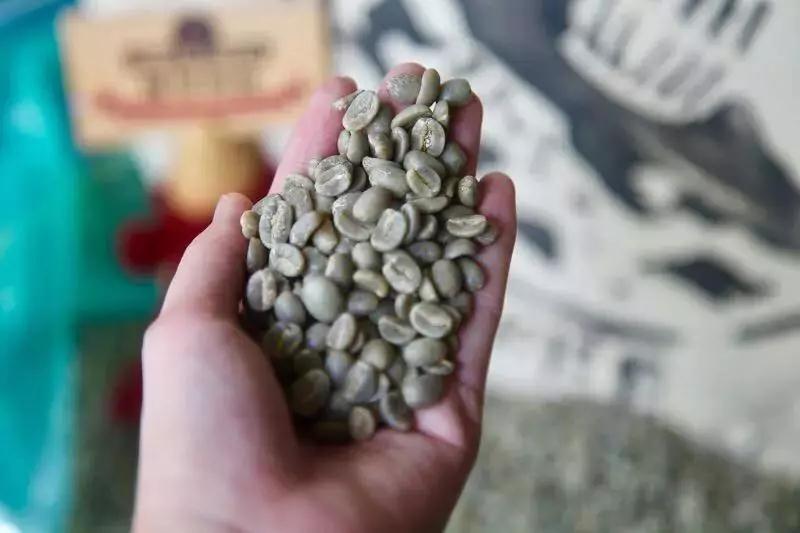
Blue Mountain: the amount of powder is 17g, the ratio of water to powder is close to 1:15, and the water temperature is 87 ℃.
After injecting 30g of water for 25s, the water was injected to 260g at one time, and the cooking time was 1`45``.
Flavor: cream, chocolate, caramel, flower aroma, balanced, mellow taste.
Important Notice :
前街咖啡 FrontStreet Coffee has moved to new addredd:
FrontStreet Coffee Address: 315,Donghua East Road,GuangZhou
Tel:020 38364473
- Prev
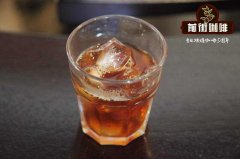
East Timor Coffee Taste Flavor East Timor Coffee Bean Characteristics
Professional coffee knowledge exchange More coffee bean information Please pay attention to Coffee Workshop (Weixin Official Accounts cafe_style) East Timor Coffee: East Timor is most famous for organic coffee. Interestingly, this is related to the deteriorating public security of the independence movement, because chemical fertilizers and pesticides cannot be transported into remote coffee fields. Coffee farmers almost do not spray pesticides and plant all natural organic fertilizers. statistics
- Next
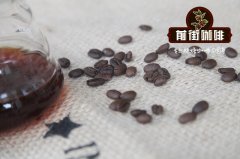
Description of the flavor of mokamatari coffee what are the characteristics of mochamatari coffee beans
For professional baristas, please follow the coffee workshop (Wechat official account cafe_style) Mokamatari Coffee: in the early days, Yemeni coffee was mainly exported from the port of Mocha, so all the coffee exported from here was named after Mocha. Mattari and Sanani are two of the most famous coffee in Yemen, of which Mokamata is more famous.
Related
- Beginners will see the "Coffee pull flower" guide!
- What is the difference between ice blog purified milk and ordinary milk coffee?
- Why is the Philippines the largest producer of crops in Liberia?
- For coffee extraction, should the fine powder be retained?
- How does extracted espresso fill pressed powder? How much strength does it take to press the powder?
- How to make jasmine cold extract coffee? Is the jasmine + latte good?
- Will this little toy really make the coffee taste better? How does Lily Drip affect coffee extraction?
- Will the action of slapping the filter cup also affect coffee extraction?
- What's the difference between powder-to-water ratio and powder-to-liquid ratio?
- What is the Ethiopian local species? What does it have to do with Heirloom native species?

